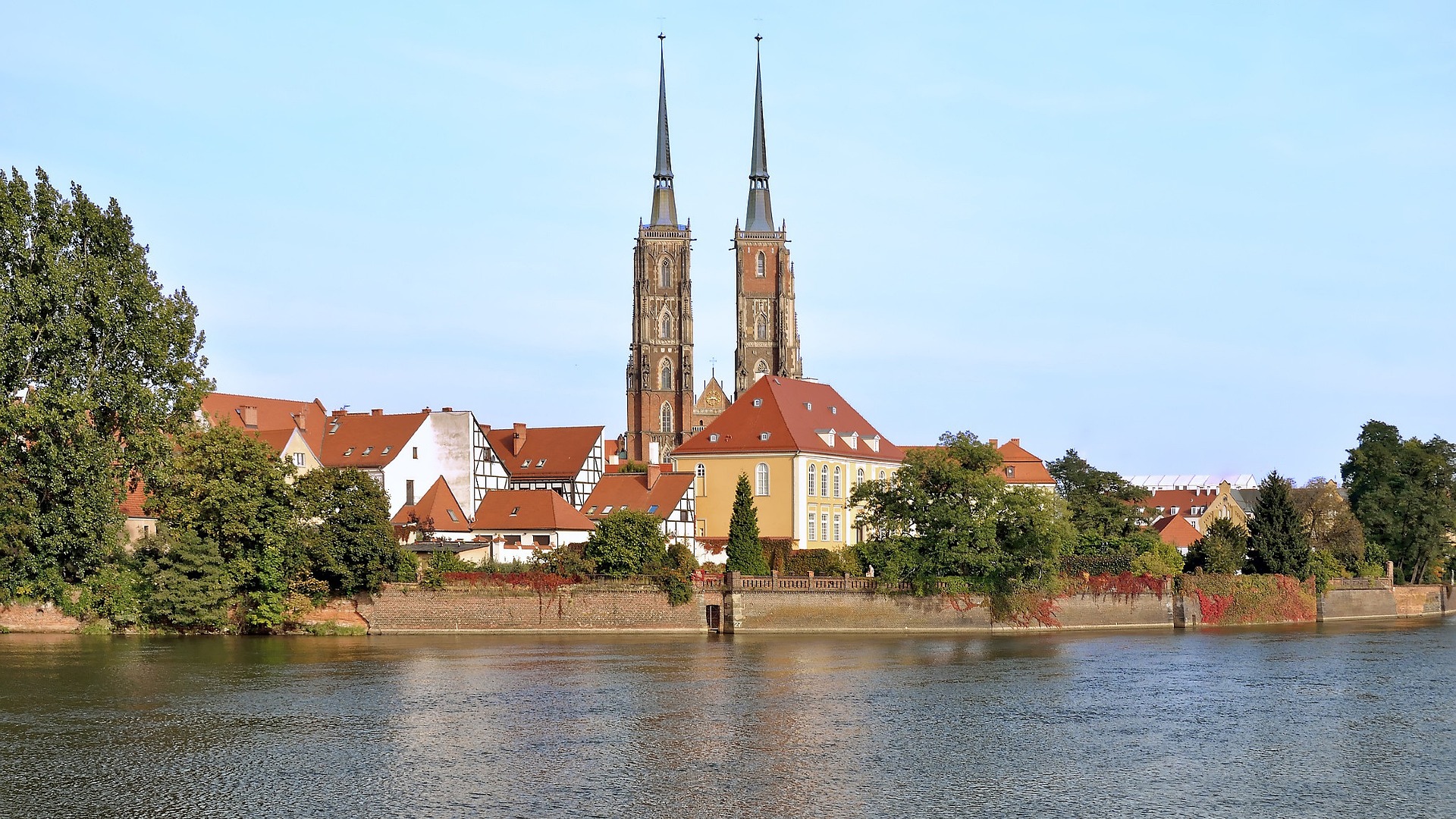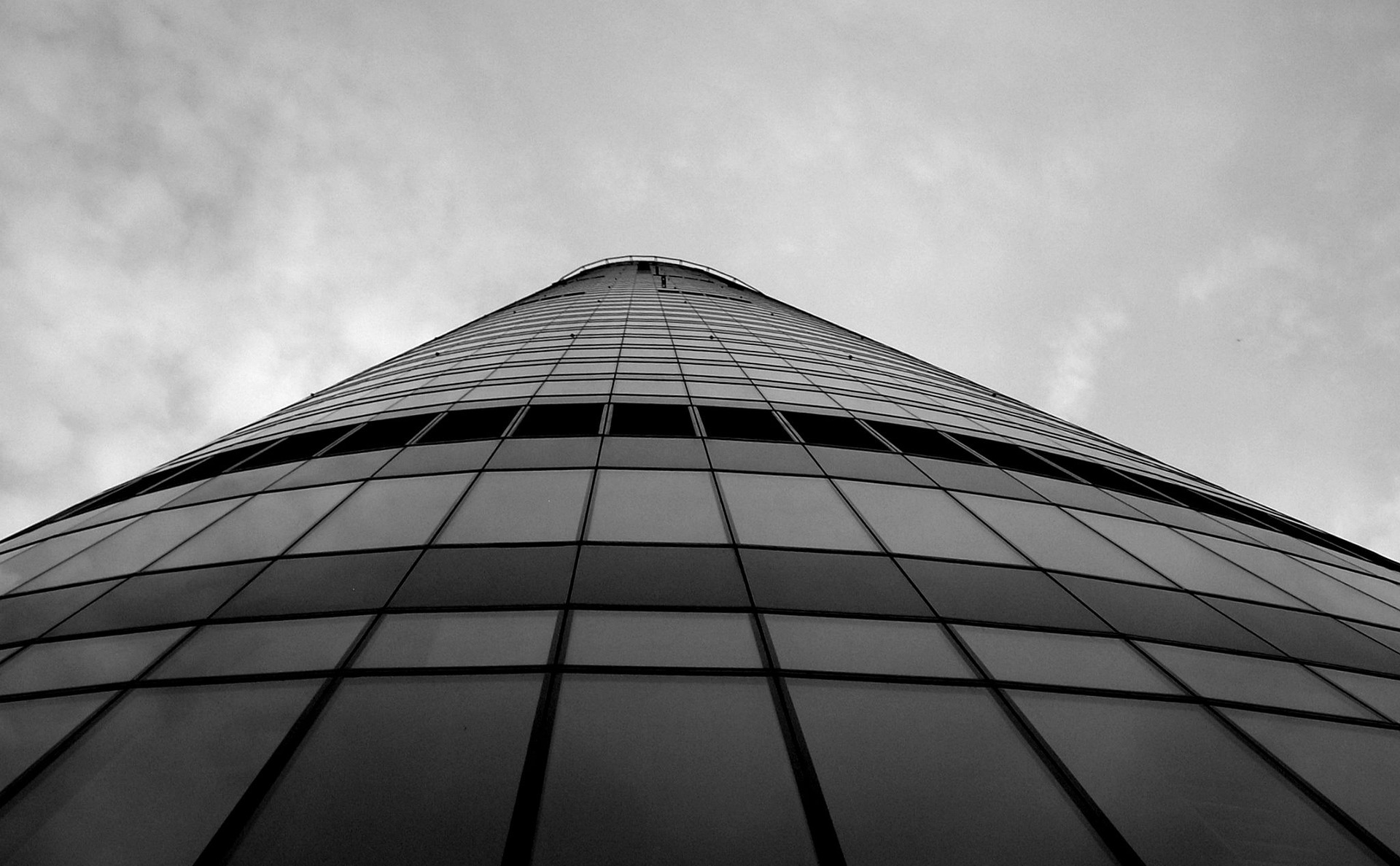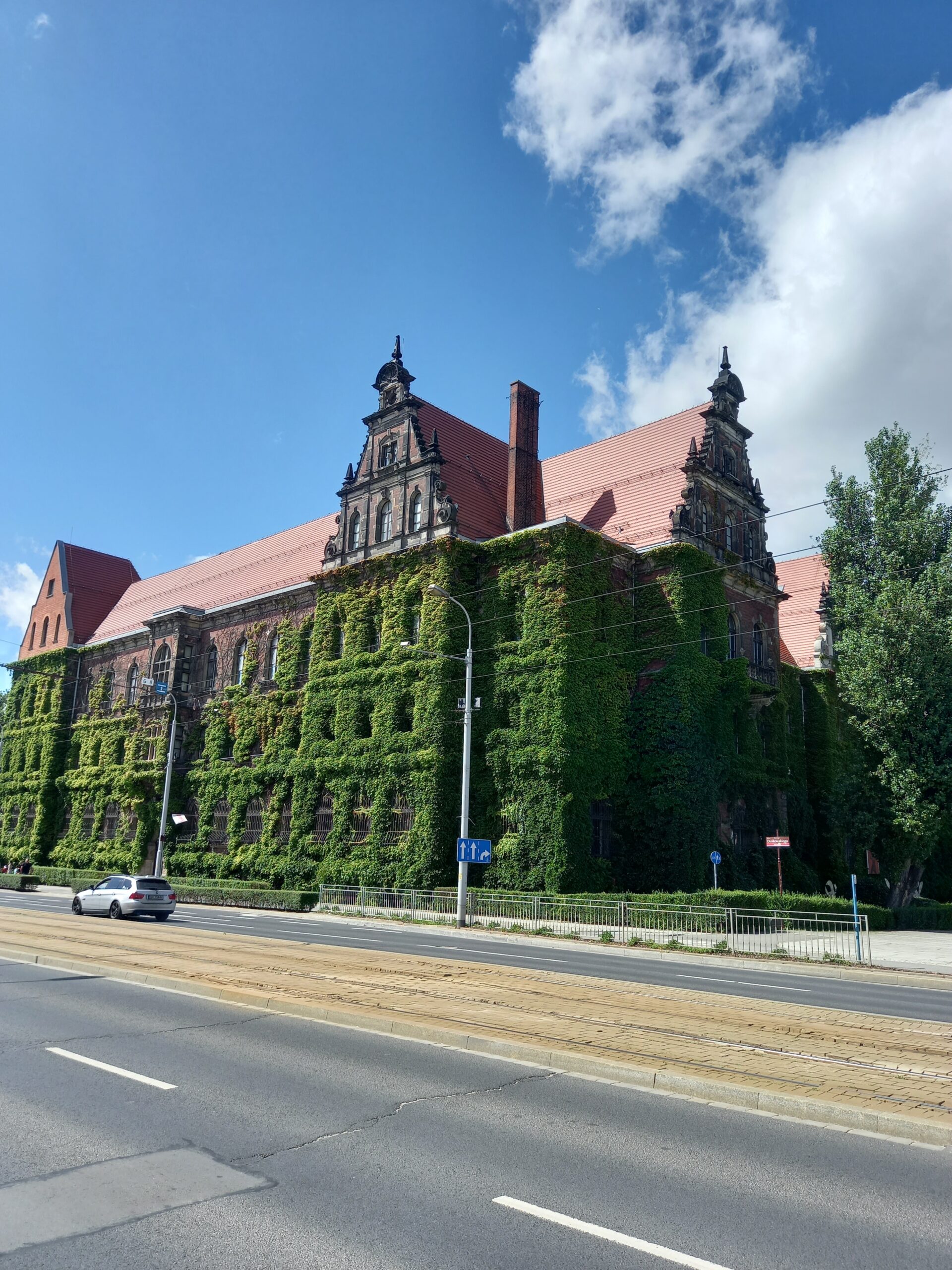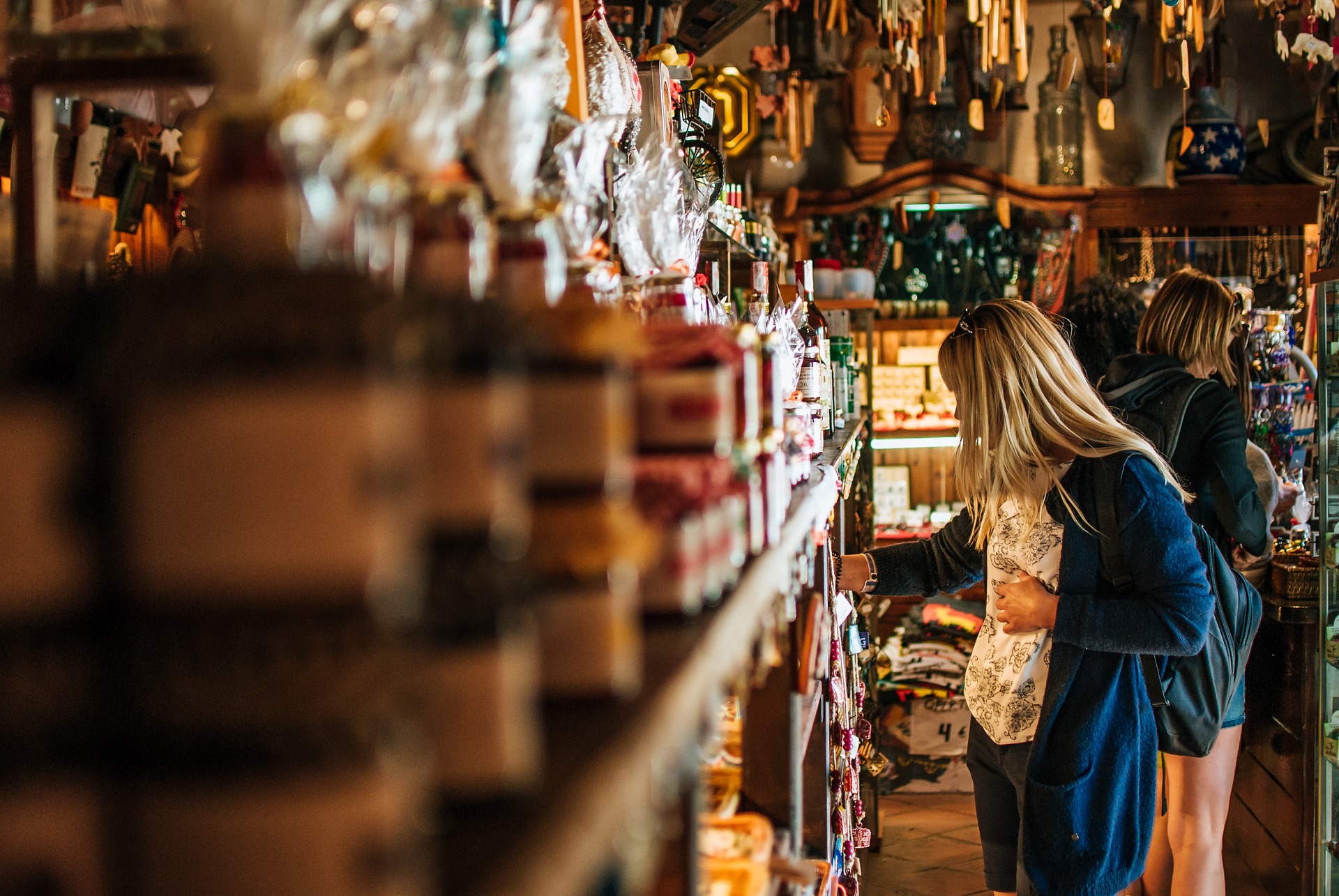Wrocław Cathedral, also known as Catedral de San Juan Bautista, is a striking Gothic cathedral situated on Ostrow Tumski, Wrocław’s oldest district. The cathedral serves as the seat of the Roman Catholic Archdiocese of Wrocław and stands as a testament to the city’s rich historical and cultural heritage. In this article, we will delve into the cathedral’s history, architectural marvels, and significance, giving you a comprehensive insight into this must-visit landmark.
A Brief History of Wrocław Cathedral
Wrocław Cathedral has a long and fascinating history dating back to the 10th century when the first church was built on the site. It was consecrated in 1018 but was later destroyed during the Mongol invasions of Poland in 1241. The Gothic cathedral we see today was constructed between the 13th and 16th centuries, with numerous renovations and restorations taking place throughout the years.
The first church on the site dates back to the 10th century.
Consecrated in 1018 and destroyed during the Mongol invasions of Poland in 1241.
Current Gothic structure built between the 13th and 16th centuries.
Architectural Highlights of Wrocław Cathedral
Wrocław Cathedral is a prime example of Gothic architecture, showcasing intricate designs, impressive spires, and awe-inspiring stained glass windows. Notable architectural highlights of the cathedral include:
The twin towers: Standing at 98 meters (322 feet) tall, these towers offer stunning panoramic views of Wrocław and the surrounding area. Visitors can climb the northern tower to access the viewing platform.
The main portal: The cathedral’s main entrance is adorned with ornate sculptures and reliefs, depicting biblical scenes and various saints.
Stained glass windows: The cathedral houses an array of breathtaking stained glass windows, some of which date back to the 14th century.
The high altar: Designed by Johann Bernhard Fischer von Erlach, the high altar features intricate wood carvings and gilded details.
Noteworthy Art and Treasures within Wrocław Cathedral
Wrocław Cathedral is home to an impressive collection of art and treasures, including paintings, sculptures, and historical artifacts. Some of the most significant pieces include:
St. John the Baptist’s shrine: A Gothic silver and gold shrine dating back to the 14th century, housing the relics of St. John the Baptist.
The monumental organ: Installed in the early 20th century, this impressive organ is one of the largest and most elaborate in Poland.
Frescoes: The cathedral’s walls and ceilings are adorned with a series of stunning frescoes, some of which were painted by famous Polish artist Jan Matejko.
Chapel of the Holy Cross: This chapel features a 14th-century crucifix and an intricate altar dedicated to the Holy Cross.
Visiting Wrocław Cathedral
Planning a visit to Wrocław Cathedral is an essential part of any trip to Wrocław. Here is some practical information to help you make the most of your visit:
Opening hours: Wrocław Cathedral is generally open daily, but the hours may vary depending on the time of year and liturgical events. It is advisable to check the cathedral’s official website for the most up-to-date information.
Admission fees: There is an entrance fee for visiting the cathedral, which includes access to the main areas and the towers. Reduced rates are available for children, students, and seniors. Admission to the cathedral may be free during certain hours or on specific days.
Guided tours: Guided tours are available for those interested in learning more about the cathedral’s history, architecture, and art. Tours can be booked in advance through the cathedral’s website or by contacting the visitor center.
Accessibility: The cathedral is wheelchair-accessible, with ramps and elevators available for visitors with mobility difficulties.
Photography: Photography is generally allowed inside the cathedral, but flash photography and the use of tripods may be restricted. Be sure to check the cathedral’s photography guidelines before your visit.
Exploring Ostrow Tumski and Nearby Attractions
Wrocław Cathedral is just one of the many gems to discover within the historic Ostrow Tumski district. While visiting the cathedral, be sure to explore the surrounding area and nearby attractions, such as:
Tumski Bridge: Known as the “Love Bridge,” this picturesque bridge is adorned with countless padlocks left by couples as a symbol of their love.
Archbishop’s Palace: A beautiful Baroque palace, which serves as the residence of the Archbishop of Wrocław. Although not open to the public, the exterior of the palace is worth admiring.
Church of St. Giles: This historic church is one of the oldest in Wrocław, featuring Romanesque and Gothic architectural elements.
Botanical Garden: Located near Wrocław Cathedral, this beautiful garden offers a tranquil escape from the bustling city, with diverse flora and picturesque ponds.
In conclusion, Wrocław Cathedral is a must-see attraction for visitors to Wrocław, offering a fascinating glimpse into the city’s rich history, stunning architecture, and treasured art. By exploring the cathedral and the surrounding Ostrow Tumski district, you will be immersing yourself in the true essence of this remarkable city.







